Nursery rhymes are not just entertaining but can be educative too. It is fun to teach children about music, rhyme, and language.
The rhyme ‘Ding Dong Bell’ is not only recreational but has a life lesson too. It has educational learning about animal cruelty. Wondering how it never crossed your mind?
Well, read it once again and learn about its history to find out more.
Written Lyrics
Older Version for Kids
First recorded version:
Jacke boy, ho boy newes,
the cat is in the well,
let us ring now for her Knell,
ding dong ding dong Bell
Recommended Version for Kids
Ding Dong Bell,
Pussy's in the well.
Who put her in?
Little Johnny Flynn.
Who pulled her out?
Little Tommy Stout.
What a naughty boy was that,
To soak a Pussy cat,
Who never did him any harm,
But scared all the mice in his farmer's barn.
Modern Version for Kids
Ding, dong, bell,
Pussy’s in the well.
Who put her in?
Little Johnny Green.
Who pulled her out?
Little Tommy Stout.
What a naughty boy was that,
To try to drown poor pussy cat,
Who ne’er did him any harm,
But killed all the mice in the farmer’s barn
Printable lyrics
Download this cute song for your child’s room or print this out to teach the rhyme you once loved. Find it here.
Photo Lyrics
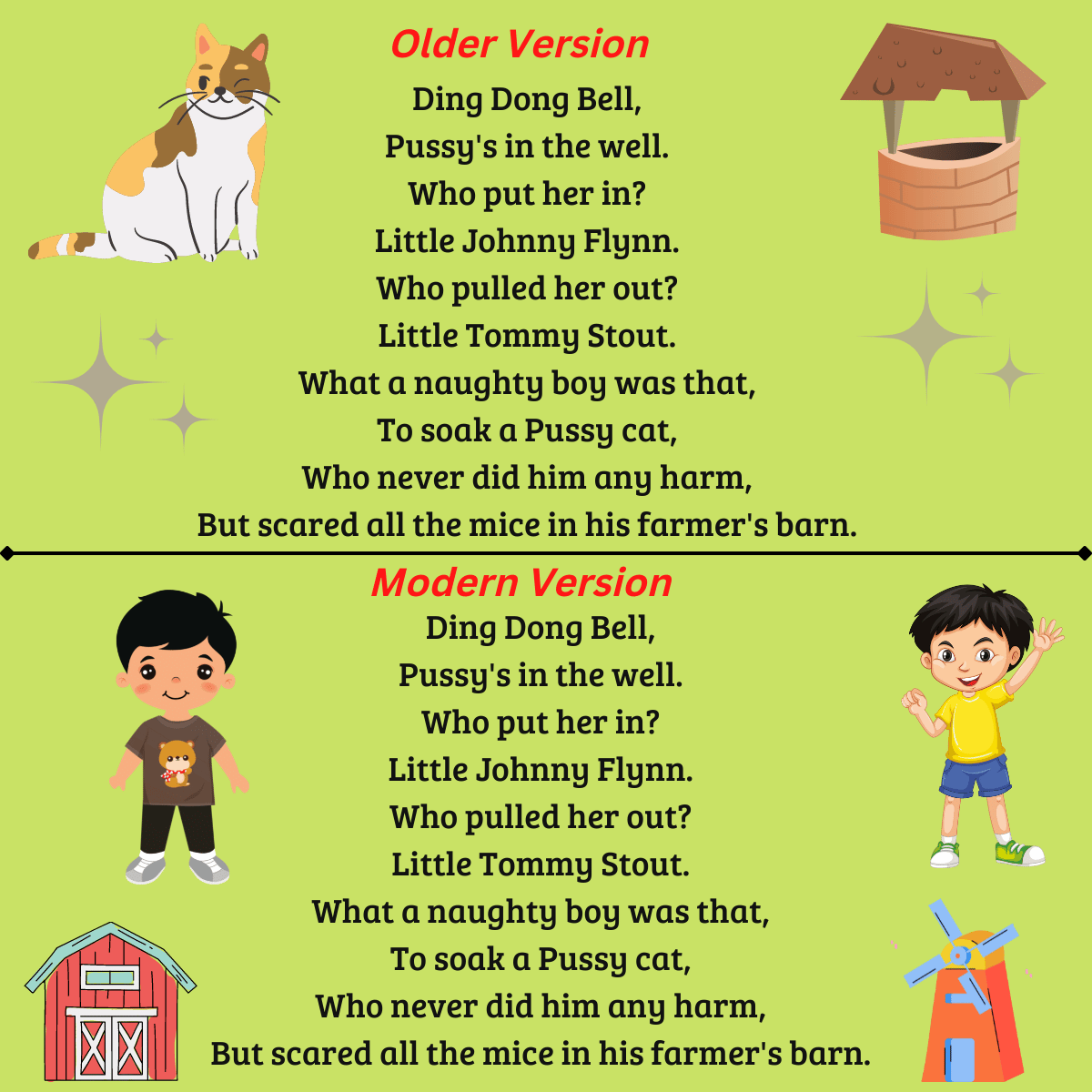
Activity
Find the rhyming words and write one more rhyming word similar to them.
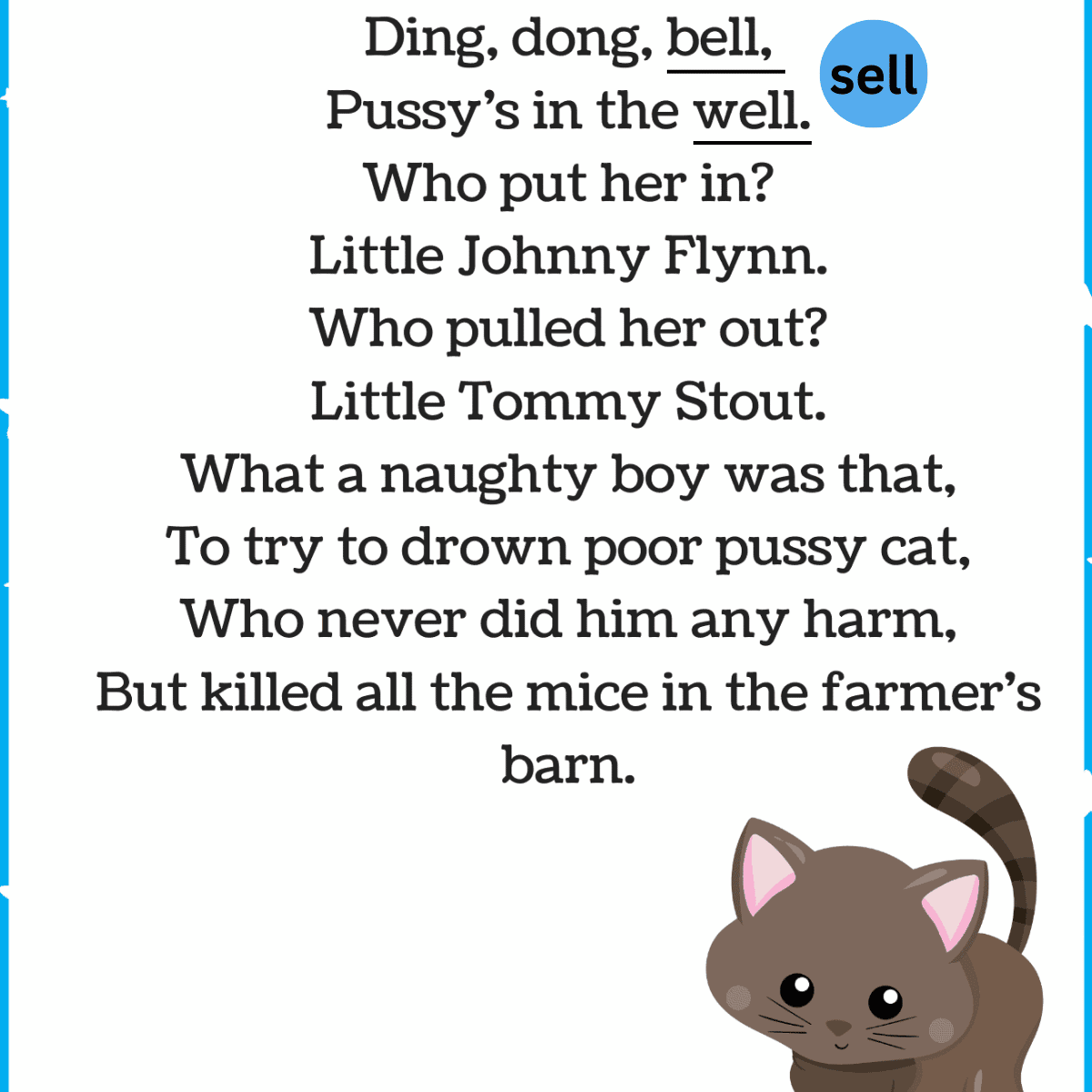
Video Links
There are a few versions of this nursery rhyme. We are adding a few popular links.
Older version (with Little Johnny Flynn)
Modern version (with Little Johnny Green)
Alternate version (with Little Tommy/Johnny Thin)
Origin and History
The poem ‘Ding Dong Bell’ nursery rhyme was first recorded in 1580 by John Lant, the organist of Winchester Cathedral. In 1609, it was printed in 'Pammelia, Musicks Miscellanie' by Thomas Ravenscroft, an English musician, theorist, and editor. The version printed in 'Mother Goose's Melody' in London in 1765 is similar to the original one.
The additional lines were included in James Orchard Halliwell's Nursery Rhymes of England to make it more kid-friendly by saving the cat. It has been reformed to what we see today as one of the famous nursery rhymes.
The modern version talks about a poor little cat put inside a well by a naughty boy called Johnny Flynn. Then, another good child Tommy Stout saves her. It also poses the question of why the child put the harmless cat into the well while she tried to help the farmer by chasing them off.
The rhyme acts as a moral lesson for the kids, teaching them not to harm animals even for fun. Though often they cannot protect themselves, they feel the pain and trauma just like us.
The phrase ‘ding dong bell’ has been used by Shakespeare in several of his plays. However, the exact use or meaning of this rhyme in his works is uncertain. For example:
The Merchant of Venice, Act III, Scene II:
Let us all ring fancy's knell;
I'll begin it - Ding, dong, bell.
FAQs
Different names have been used for the child who put the little cat into the well. The variations are Little Johnny Flynn, Little Tommy/Johnny Thin, and Little Johnny Green. Even Tommy O' Linne (1797) and Tommy Quin (1840) have been used.
The child who rescued her is Little Tommy Stout.
The Ding Dong Bell nursery rhyme was first recorded in 1580 by John Lant, the organist of Winchester Cathedral.
This nursery rhyme talks about an important lesson against animal cruelty. It teaches kids that one should not harm or tease animals, even if it is for fun. They should respect all living beings.

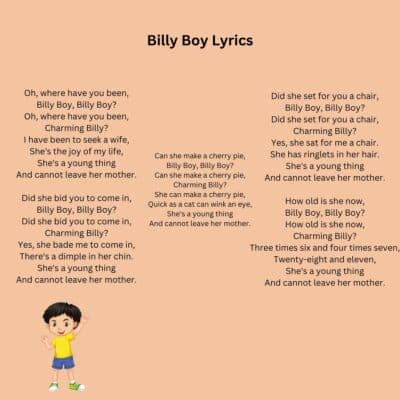
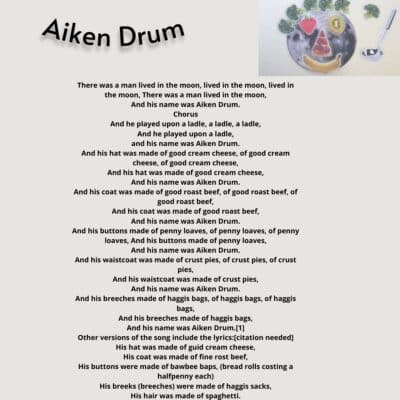
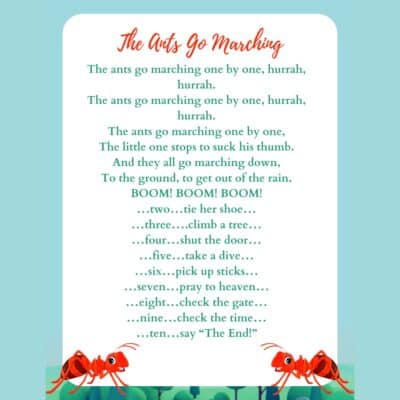
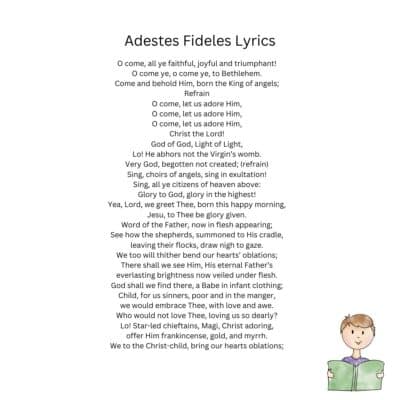
Leave a Reply